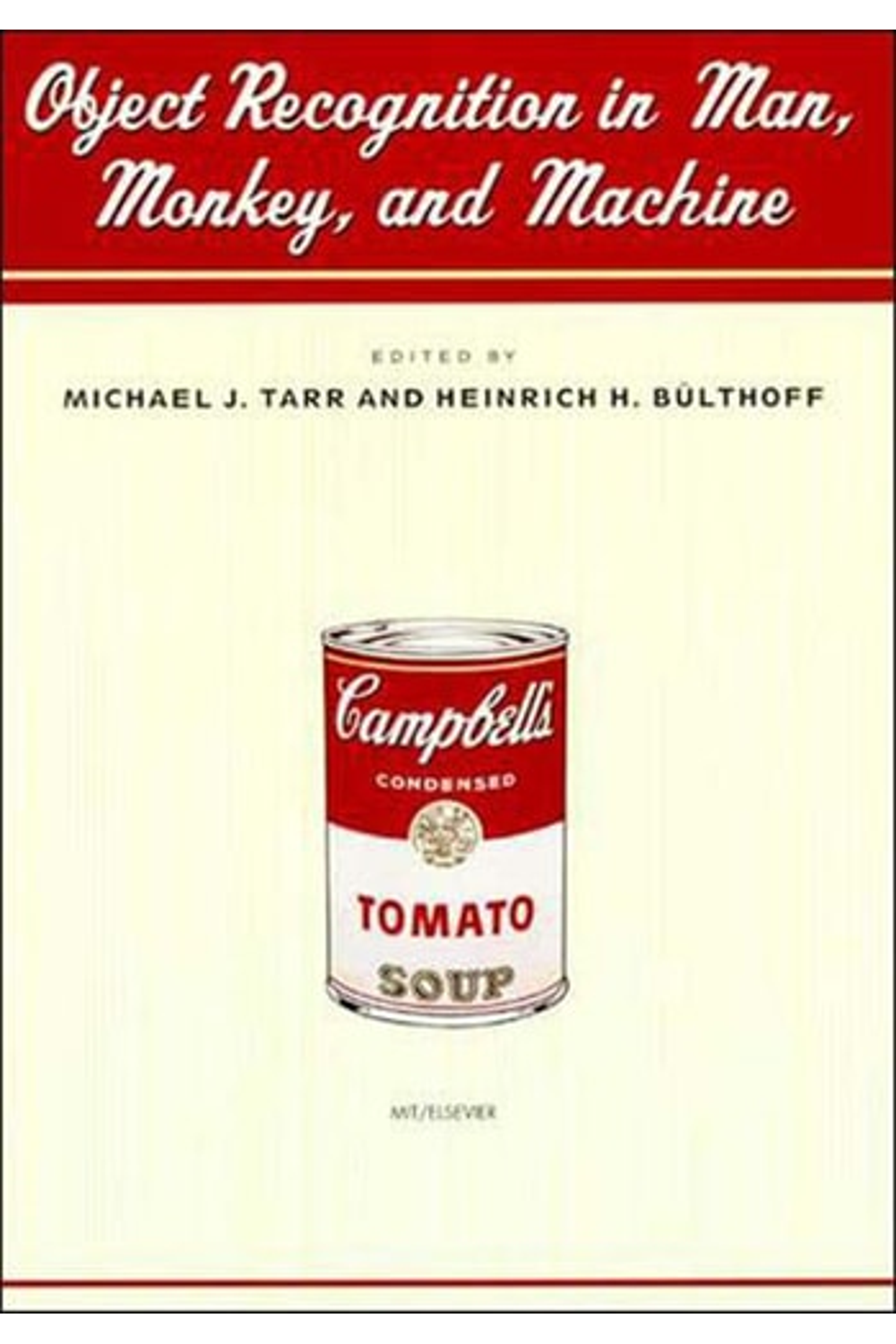Dive into the fascinating world of visual perception with “Object Recognition in Man, Monkey, and Machine,” a compelling collection of essays exploring how humans, primates, and computers identify objects. This MIT Press First Edition, published in 1999, bridges neuroscience, cognitive science, and artificial intelligence, offering a multifaceted perspective on image-based object recognition. Explore cutting-edge research on viewpoint-dependent recognition, neural mechanisms, and computational models, led by influential figures like Tarr, Goodale, Ullman, and others. Discover insights into how the brain processes visual information, the role of experience in shaping perception, and the challenges of replicating human-level recognition in machines. A valuable resource for researchers and students interested in the intersection of vision, cognition, and computation.
Object Recognition in Man, Monkey, and Machine
19,48 $
In stock
The contributors bring a wide range of methodologies to bear on the common problem of image-based object recognition.
These interconnected essays on three-dimensional visual object recognition present cutting-edge research by some of the most creative neuroscientific, cognitive, and computational scientists in the field.
Cassandra Moore and Patrick Cavanagh take a classic demonstration, the perception of “two-tone” images, and turn it into a method for understanding the nature of object representations in terms of surfaces and the interaction between bottom-up and top-down processes. Michael J. Tarr and Isabel Gauthier use computer graphics to study whether viewpoint-dependent recognition mechanisms can generalize between exemplars of perceptually defined classes. Melvyn A. Goodale and G. Keith Humphrey use innovative psychophysical techniques to investigate dissociable aspects of visual and spatial processing in brain-injured subjects. D.I. Perrett, M.W. Oram, and E. Ashbridge combine neurophysiological single-cell data from monkeys with computational analyses for a new way of thinking about the mechanisms that mediate viewpoint-dependent object recognition and mental rotation. Shimon Ullman also addresses possible mechanisms to account for viewpoint-dependent behavior, but from the perspective of machine vision. Finally, Philippe G. Schyns synthesizes work from many areas, to provide a coherent account of how stimulus class and recognition task interact.
The contributors bring a wide range of methodologies to bear on the common problem of image-based object recognition.
- Additional information
- Currencies
- USD – United States dollar
- EUR – Euro
- GBP – Pound sterling
- CNY – Chinese yuan
- BRL – Brazilian real
- MXN – Mexican peso
- JPY – Japanese yen
- PHP – Philippine peso
- THB – Thai baht
- PLN – Polish złoty
- CAD – Canadian dollar
- MYR – Malaysian ringgit
- AUD – Australian dollar
- TWD – New Taiwan dollar
- CZK – Czech koruna
- SEK – Swedish krona
- HUF – Hungarian forint
- ILS – Israeli new shekel
- CHF – Swiss franc
- HKD – Hong Kong dollar
- DKK – Danish krone
- SGD – Singapore dollar
- NOK – Norwegian krone
- NZD – New Zealand dollar

